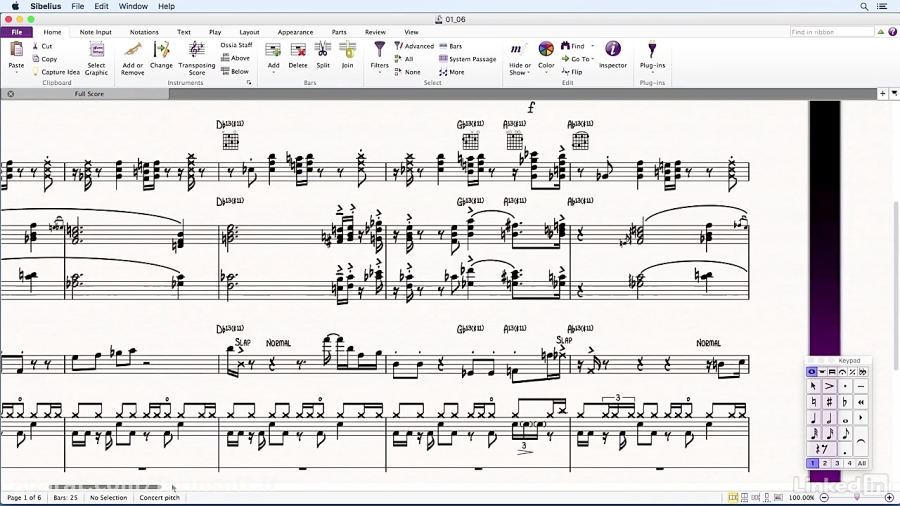
Some of the pieces sound like Sibelius one of them, Kellä kaipuu rinnassansa (Whosoever hath a love, track 9), is closely related to one of Sibelius' last completed instrumental works, the Andante Festivo for string quartet. Thus the Finlandia Hymn of 1938 fits in this context, even though its origins were individual and specific: the work was first performed at the anniversary of a Masonic lodge. Most of them date from the year 1927, but a few were composed as late as 1946 they were not intended as a complete set but were composed individually in response to needs of the Finnish Masonic fraternities to which Sibelius belonged (and even helped establish). 113, lies precisely in the fact that they are among the few pieces of music Sibelius composed after this crisis began. The interest of the little pieces that make up the Masonic Ritual Music, Op.


8 before finally throwing it into the fire. Yet many listeners casually acquainted with Sibelius' music have heard the story of how he mysteriously stopped composing in the mid-1920s, working for many years on a Symphony No. The choral music on this album hasn't been much performed and certainly represents an oddity within the oeuvre of Finnish composer Jean Sibelius, and it may well be of interest mostly to Sibelius buffs.


 0 kommentar(er)
0 kommentar(er)
